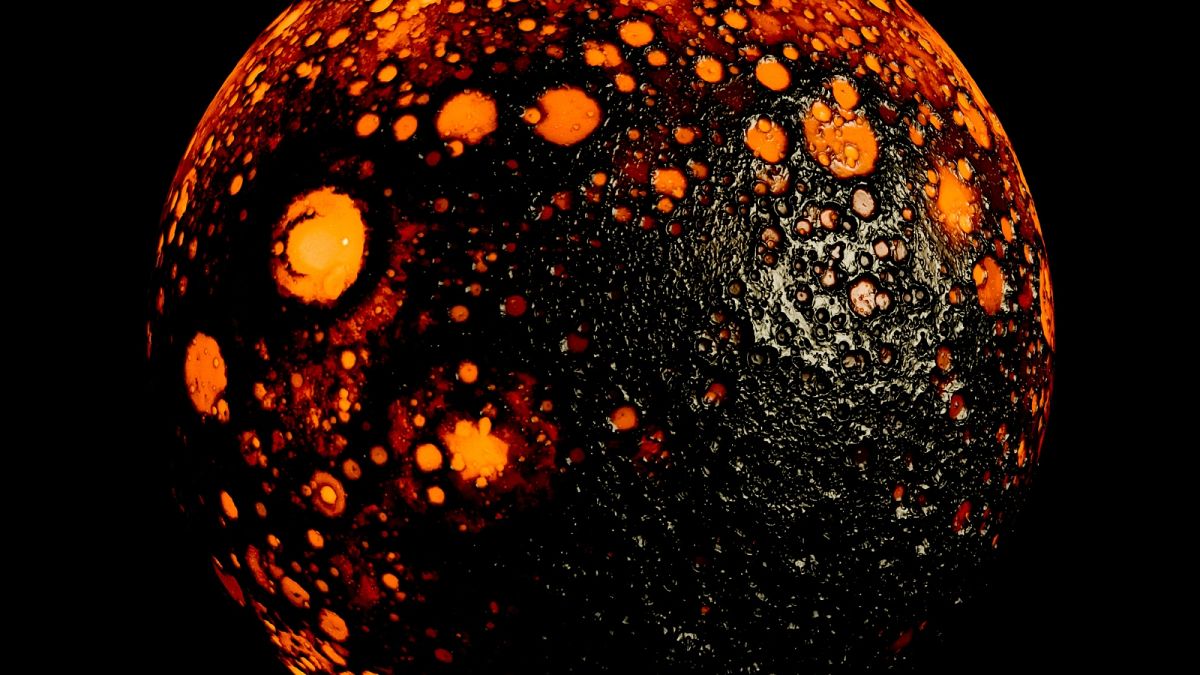Evidence brought back by a Chinese mission to the Moon's surface shows that volcanic activity was being recorded much later than previously thought.
While dinosaurs were stomping across the Earth, the surface of the Moon was still witnessing volcanic erurptions, according to new research.
The evidence: three tiny glass beads plucked from the surface of the Moon and brought to Earth in 2020 by a Chinese spacecraft.
Their chemical makeup indicates that there were active lunar volcanoes until about 120 million years ago, much more recent than scientists thought.
An earlier analysis of the rock samples from the Chang'e 5 mission had suggested volcanoes petered out 2 billion years ago. Previous estimates stretched back to 4 billion years ago.
The research was published Thursday in the journal Science.
"It was a little bit unexpected," said Julie Stopar, a senior staff scientist with the Lunar and Planetary Institute who was not involved with the research.
Images from NASA's Lunar Reconnaissance Orbiter in 2014 also suggested more recent volcanic activity.
3,000 glass beads from the Moon
The glass beads are the first physical evidence, Stopar said, although more research is needed to confirm their origin.
The Chang’e 5 samples were the first Moon rocks brought to Earth since those collected by NASA's Apollo astronauts and by Soviet Union spacecraft in the 1970s.
In June, China returned samples from the far side of the Moon.
The research may help us understand how long small planets and moons - including our own - can stay volcanically active, study co-author He Yuyang from the Chinese Academy of Sciences said in an email.
Researchers studied around 3,000 lunar glass beads smaller than a pinhead and found three with signs they came from a volcano.
Glass beads can form on the Moon when molten droplets cool after a volcanic eruption or meteorite impact.
Existing time lines suggest the Moon had already cooled off past the point of volcanic activity by the time frame suggested by the new research, Stopar noted.
"It should inspire lots of other studies to try to understand how this could happen," she said.















